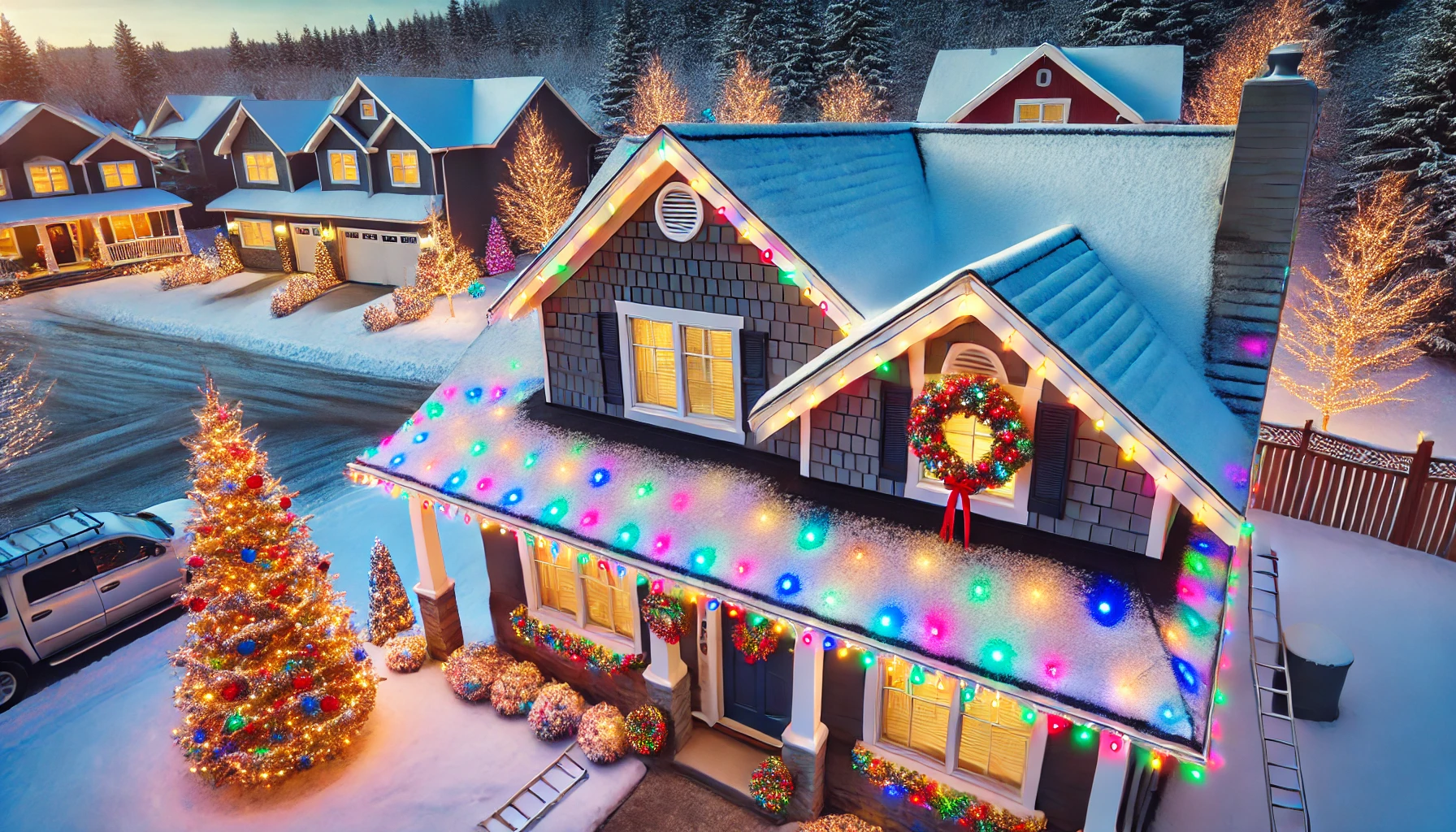
January 20, 2025
Understanding General Roofing Terms: A Guide for Homeowners in St. Louis
When it comes to roofing, understanding the terminology can make all the difference in making informed decisions about your home. Whether you’re planning a roof replacement, tackling a repair, or simply curious about how your roof works, knowing the basics is essential. In this guide, we’ll break down some general roofing terms to help St. Louis homeowners better understand their roofs and communicate effectively with contractors.
1. Roof Pitch
Definition: The steepness or angle of a roof, expressed as a ratio (e.g., 4:12 pitch means 4 inches of rise for every 12 inches of run).
Why It Matters: The roof pitch impacts both the aesthetics and functionality of your roof. Steeper roofs are better at shedding water and snow, which is especially important in St. Louis winters. However, they can also be more challenging (and expensive) to install and maintain.
2. Roof Decking (Sheathing)
Definition: The structural base layer, usually made of plywood or oriented strand board (OSB), to which roofing materials are attached.
Why It Matters: Roof decking provides the foundation for your entire roofing system. If the decking is damaged or deteriorating, it can compromise the integrity of your roof. During roof replacements, contractors often inspect the decking for signs of rot or weakness.
3. Underlayment
Definition: A protective layer installed between the decking and shingles to provide an additional barrier against moisture.
Why It Matters: Underlayment acts as a second line of defense against leaks and moisture infiltration. In St. Louis, where heavy rains are common, a high-quality underlayment can help protect your home from water damage.
4. Flashing
Definition: Thin metal strips installed around roof edges, chimneys, skylights, and vents to prevent water leaks.
Why It Matters: Flashing is essential for waterproofing vulnerable areas of your roof. Properly installed flashing prevents leaks and protects against costly water damage. Regular inspections can help ensure your flashing remains in good condition.
5. Ridge
Definition: The horizontal line where two roof slopes meet at the top of the roof.
Why It Matters: The ridge is often equipped with ridge vents, which play a crucial role in ventilating your attic. Proper ventilation helps regulate temperature, prevent moisture buildup, and extend the lifespan of your roof.
6. Eave
Definition: The lower edge of a roof that extends beyond the walls of a building.
Why It Matters: Eaves protect the walls of your home from rainwater by directing it away from the siding. They also provide a location for gutters, which are essential for proper drainage.
7. Soffit
Definition: The underside of an overhanging eave, often ventilated to allow airflow into the attic.
Why It Matters: Ventilated soffits are key to maintaining proper airflow in your attic. This helps prevent issues like mold, mildew, and ice dams in colder months. Soffits also contribute to the overall appearance of your home.
8. Fascia
Definition: The vertical finishing edge connected to the ends of rafters or trusses, often where gutters are attached.
Why It Matters: The fascia not only enhances the visual appeal of your home but also provides support for your gutters. Damaged fascia can lead to gutter issues and water infiltration.
9. Valley
Definition: The V-shaped channel where two sloping roofs meet, directing water off the roof.
Why It Matters: Valleys are particularly prone to leaks due to the large volume of water they handle. Ensuring valleys are properly sealed and maintained is crucial to preventing water damage.
10. Hip
Definition: The external angle where two roof slopes meet, typically found on hipped roofs.
Why It Matters: Hips add structural stability and enhance the aesthetic appeal of your roof. They also help distribute weight evenly, which is especially beneficial in areas with heavy snow.
Why Knowing Roofing Terms Matters for St. Louis Homeowners
Understanding these roofing terms empowers you to make informed decisions about your home. It helps you:
- Communicate effectively with roofing contractors.
- Understand quotes and proposals.
- Spot potential issues during inspections.
- Ensure your roof is prepared for St. Louis’ unique weather challenges.
How Family First Exteriors Can Help
At Family First Exteriors, we believe that informed homeowners make the best decisions. That’s why we take the time to explain every aspect of your roofing project, from understanding roof pitch to ensuring proper flashing installation. Our team is dedicated to providing high-quality, reliable roofing services tailored to the needs of St. Louis residents.
Whether you need a roof repair, replacement, or inspection, we’re here to help. Contact us today to schedule a consultation and experience the difference of working with a roofing company that puts your family first.
